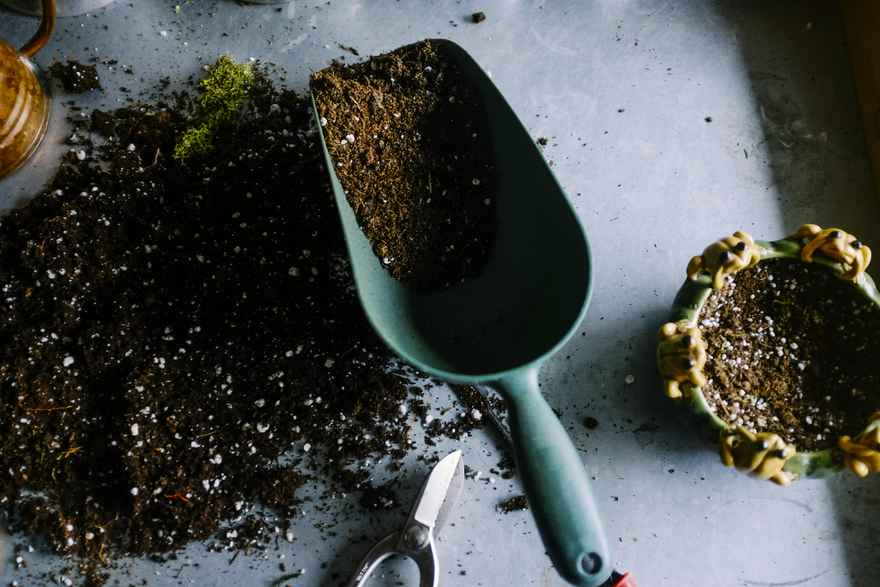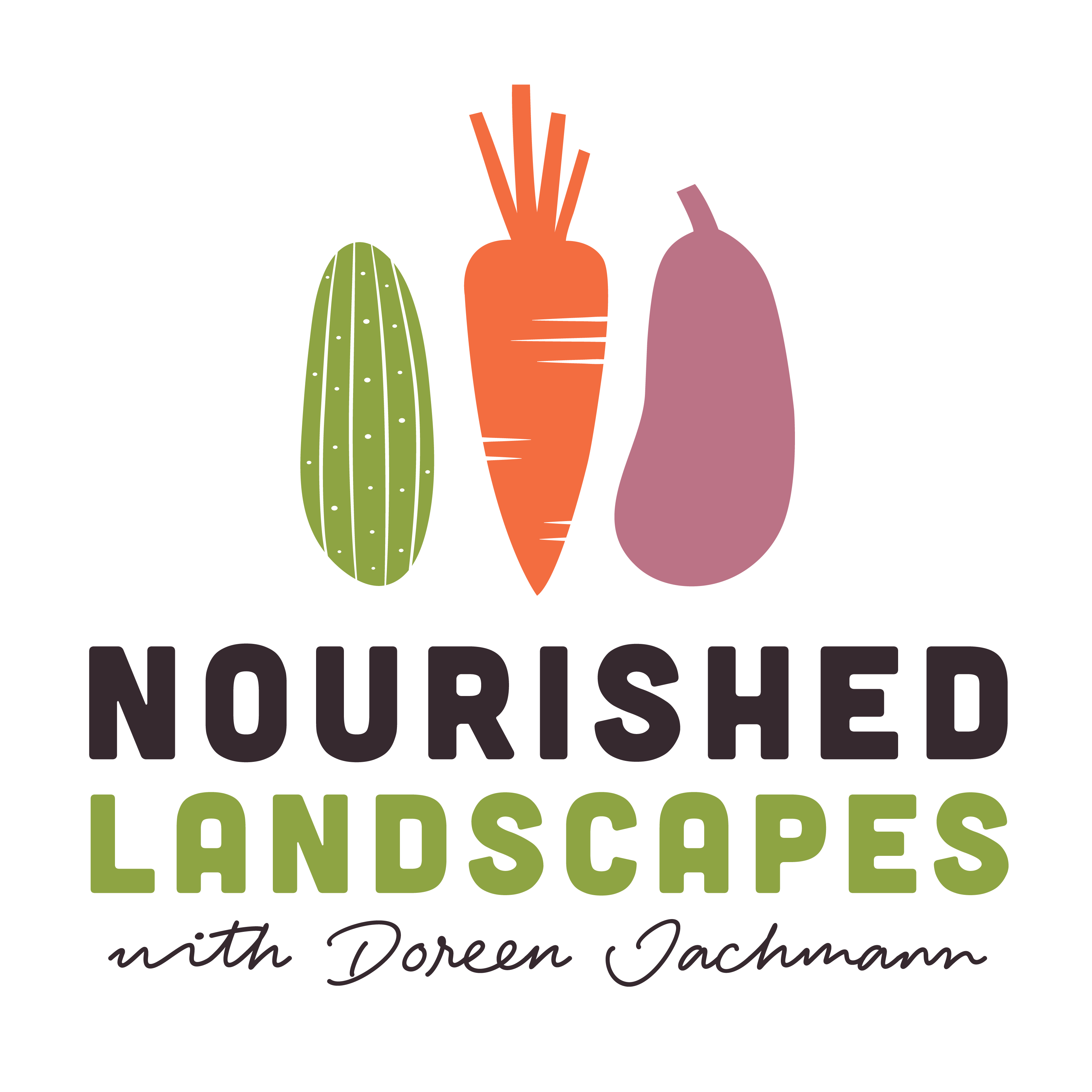What to look for in commercial Seed raising/Potting mixes

Selecting a good potting mix in involves considering several factors to ensure optimal plant growth. Here's a simplified guide:
When it comes to potting mix, quality matters. Look for the Australian standards logo with a row of five ticks—a reliable indicator of quality. The black logo signifies regular-grade mix, requiring fertiliser at the time of potting.

The premium grade mixes, labeled with a red logo, comes pre-fertilised, lasting for about a month or more. However, freshness is key. Opt for the freshest stock available, as prolonged storage can lead to nutrient depletion due to microbial activity.
Tailor Moisture Retention Matching the mix to your plant's needs is crucial. Succulent mixes, characterized by large, chunky particles, allow water to flow through easily ideal for plants requiring minimal moisture. Conversely, general-purpose mixes retain more moisture, catering to plants with higher water needs such as tomatoes.
Customise for Specific Needs While most garden species thrive in general-purpose mixes, don't hesitate to customise for specific purposes. For propagation, blend coarse washed river sand with a general mix to enhance drainage. For fast-growing vegetables such as tomatoes, enrich the mix with well-rotted cow manure or worm castings. Specialised mixes like succulent, orchid, acid-loving, and native mixes cater to unique plant requirements, ensuring optimal growth conditions.
Research, Customise, and Prioritise research to match your plant's needs with the right potting mix. Whether it's modifying a general-purpose mix or opting for a specialised blend, ensure you're providing the best environment for your plants to flourish. Now, let's get potting!

Quality Ingredients: Look for potting mixes with high-quality ingredients like composted pine bark, coco coir, perlite, and vermiculite. Avoid mixes containing too much sand or silt, which can lead to poor drainage.
Drainage: Opt for mixes with good drainage properties to prevent waterlogging, which can cause root rot. Check for mixes labeled as "free-draining" or "suitable for pots" to ensure adequate aeration for plant roots.
Nutrient Content: Choose potting mixes enriched with nutrients like nitrogen, phosphorus, and potassium (NPK), as well as trace minerals. Balanced nutrient content supports healthy plant growth, especially for container plants that rely solely on potting mix for nutrients.
pH Level: Consider the pH level of the potting mix, ideally between 5.5 and 6.7, suitable for most plants. Some mixes may be labeled as pH-adjusted for optimal plant growth.
Organic Options: If you prefer organic gardening, select potting mixes labeled as organic or certified by relevant organizations. These mixes are typically free from synthetic chemicals and pesticides.
Brand Reputation: Research reputable brands known for producing high-quality potting mixes. Reading reviews and seeking recommendations from experienced gardeners can help you make informed choices.
Specialized Mixes: Depending on your plants' needs, you may require specialized potting mixes for specific plant types like cacti, succulents, orchids, or native Australian plants. Choose mixes tailored to your plant's requirements for best results.
Moisture Retention: Consider the moisture retention properties of the potting mix, especially if you live in a hot or dry climate. Mixes with added water-retaining agents can help reduce watering frequency and maintain soil moisture levels.
Price and Quantity: Compare prices and package sizes to ensure value for money. Buying larger bags may be more economical for larger gardening projects, but ensure you can store the excess properly to maintain mix quality.
Local Recommendations: Seek advice from local nurseries or gardening experts familiar with your region's climate and soil conditions. They can recommend potting mixes suitable for local plant species and environmental factors.
Another more economical option is to make your own potting and propagation mixes. Here are some proven recipes that can easily be made at home.


If you like to delve further into the topic of soil mixes and love a more hands on approach, Nourished Landscapes got great workshopson these topics.
Or book a consultation to receive one on one advice.


0 comments
Leave a comment
Please log in or register to post a comment